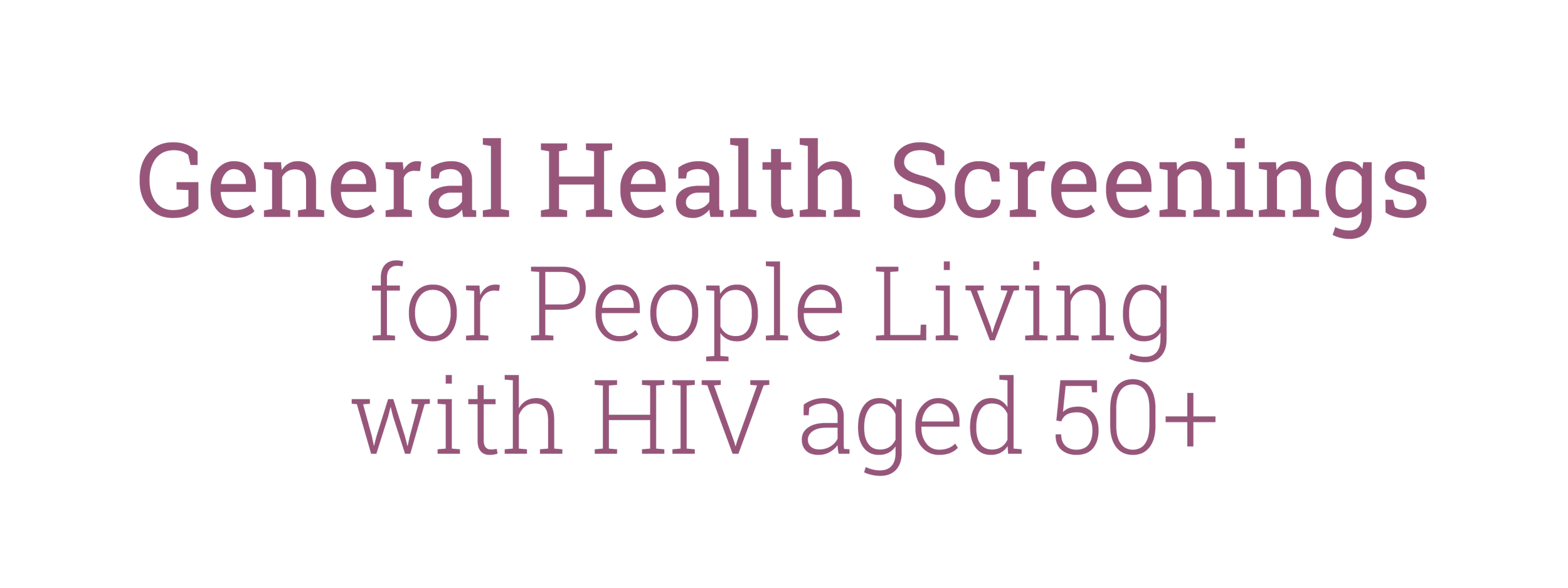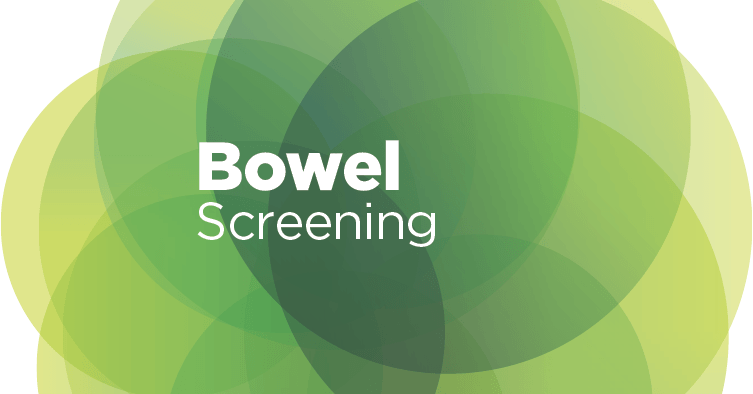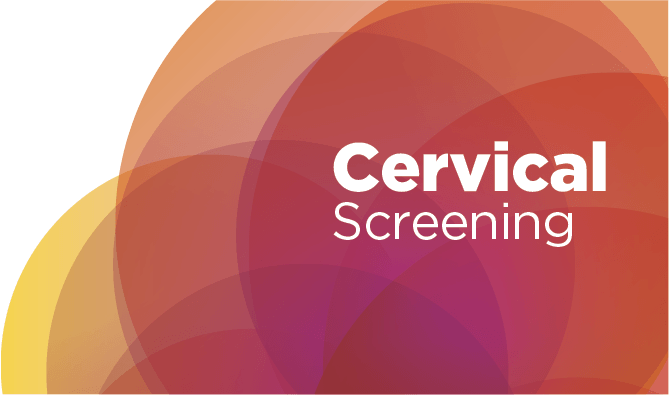
Disclaimer: This guide offers basic health screening advice for people aged 50+ living with HIV in Aotearoa. It is not a replacement for a proper medical assessment tailored to a person’s individual needs.
HIV Specialists (and sometimes GPs) uses various tests to monitor our health.
Here is a list of suggested tests and screenings for people living with HIV aged 50 or older. If these tests aren't being done, we need to talk to our trusted health professional or ID nurse to make sure they happen, especially if we have any symptoms, side effects, or concerns.
HIV Viral Load
This test finds out how much HIV there is in our blood. It is also the key indicator that HIV treatment is working as it should. One of the main aims of HIV treatment is to supress the amount of HIV in our blood to be at an undetectable level so the virus does not progress. It has the added benefit of stopping the virus being passed on to our sexual partners. A low or undetectable levels is a good thing.
Frequency: Every 6-12 months if you have a persistent undetectable viral load or more frequently when starting or changing treatments.
CD4 count
Tells us how many CD4 cells there are in a drop of blood. CD4 cells are the most important cells in our immune system. The more there are, the better. Ideally, with treatment, our CD4 is going up and the viral load is going down.
Frequency: Typically done at the same time as an HIV Viral Load or more often if someone is not on HIV treatment.
Full blood count (FBC)
A full blood count is a very common test. It can be used to screen, diagnose, and monitor a variety of conditions. A full blood count test provides insights into the three main types of cells in our body:
Red Blood Cell Count - These cells transport oxygen throughout the body. Low levels indicate anaemia, which is more prevalent among people with HIV compared to the general population.
Platelet Count - Measures the quantity of platelets responsible for blood clotting. Individuals with HIV often exhibit lower platelet counts, especially without effective anti-HIV treatment.
White Blood Cell Count - Assesses the number of white blood cells crucial for immune function. People with HIV frequently have reduced white blood cell counts, particularly without proper anti-HIV treatment.
Frequency: Typically done at the same time as an HIV Viral Load test or as needed.
Glucose test
Checks our body is getting the energy we need from the food we are eating, and monitors for diabetes.
Frequency: At least annually or more often if you have had a previous high reading or are showing symptoms of diabetes.
Lipids
Looks at the levels of cholesterol and other fats in our blood to make sure our heart is not at risk. LDL cholesterol is referred to as “bad cholesterol” because it can build up in the walls of our blood vessels. This increases our risk of coronary heart disease. HDL cholesterol is often called “good cholesterol” because it removes excess cholesterol from our body. However, studies have shown high levels of HDL can also increase our risk of cardiovascular (heart and blood vessel) disease. Triglycerides are another type of fat that causes hardening of the arteries.
Frequency: At least once a year.
Liver function tests (LFTs)
This blood test provides information about how our liver is working. LFTs measure the levels of proteins, enzymes and other substances that are made by our liver. HIV medication can affect the liver function, so it needs to be monitored.
Frequency: At least once a year.
Kidney function test
This blood test provides information about how well our kidneys are working by measuring levels of various substances in our blood and how well our kidneys are filtering our blood. HIV treatment can affect kidney function and cause kidney failure. Ideally, urine is tested for protein too.
Frequency: At least once a year.
Bone density
A bone density scan is a special type of x-ray used to help identify low bone density and diagnose osteoporosis.
Frequency: First screening from age 40+ and then our health professional will advise if needed more or less frequently.
Sexually Transmitted Infections (STIs)
This may involve taking a swab of our genitals or affected area or a blood test. Self-testing is available if there are no symptoms present.
Frequency: After sex without a condom, or before sex with a new partner
Bowel and Rectal Cancer Screening
Bowel screening every two years can help find bowel or rectal cancer at an early stage. Bowel screening is free for everyone aged 60 to 74 years or from age 50 for Māori and Pasifika.
Frequency: Varies - check with your healthcare professional.
Neurological and cognitive screening
Nerve conduction tests and other radiological tests might be needed. Cognitive impairment screening such as Mana – a holistic cognitive assessment, is available. Alternatively, the Mini-Addenbrooke’s Cognitive Examination (Mini-ACE or M-ACE) is another standard cognitive function test. If neurological issues that affect our mobility or cognitive function are picked up early, then medication can help slow the progression.
Frequency: Recommended to be conducted if there are ANY neurological symptoms.
For Females – cervical screening and breast screening
Women can now self-screen for HPV at home rather than having a smear test. Cervical screening is recommended even if you have had a hysterectomy.
Frequency: every 1-2 years or as advised by a healthcare professional. If newly diagnosed with HIV, a cervical screening history review is recommended in the first instance.
Breast screening is free for women between the ages of 45 and 69.
Frequency: It is recommended women are screened every two years or more frequently if they are considered to be of higher risk.
For Males – prostate checks and rectal examinations
If you are having difficulty with urinating, discuss the benefits and risks of prostate cancer screening, such as having a PSA test.
Frequency: It is recommended Men who have Sex with Men (MSM) have a digital anorectal examination (DARE) annually.













